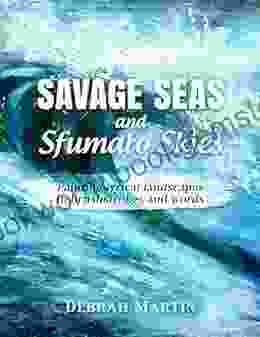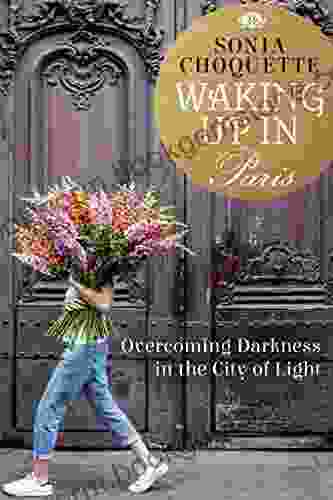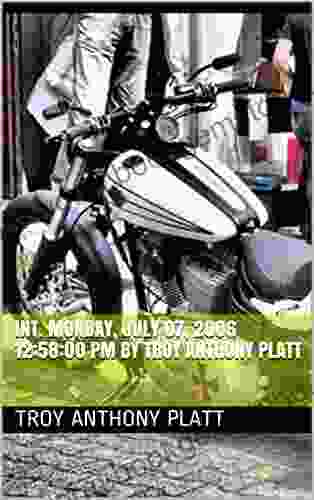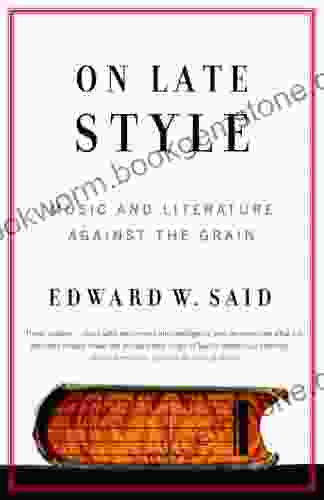A Cinematic Colossus: The Master of Suspense Emerges
Alfred Hitchcock, the enigmatic visionary hailed as the 'Master of Suspense', stands as an unparalleled icon in the annals of cinema. His groundbreaking techniques and masterful storytelling have left an indelible mark on the art form, forever shaping our understanding of suspense and cinematic expression.
Hitchcock's journey to cinematic greatness began in the bustling streets of London, England, where he was born in 1899. His early career as a silent film director honed his skills in creating visual narratives, laying the foundation for his signature style.
5 out of 5
| Language | : | English |
| File size | : | 17466 KB |
| Text-to-Speech | : | Enabled |
| Screen Reader | : | Supported |
| Enhanced typesetting | : | Enabled |
| Word Wise | : | Enabled |
| Print length | : | 321 pages |
| Lending | : | Enabled |
Early Influences: From German Expressionism to British Noir
Hitchcock's formative years in the film industry coincided with the rise of German Expressionism, a movement characterized by its stark lighting, distorted sets, and psychological undertones. The influence of German Expressionist cinema is evident in Hitchcock's early works, such as The Lodger: A Story of the London Fog (1927),where shadows and suspense permeate the narrative.
Another significant influence on Hitchcock's style was British noir, a genre known for its gritty realism, bleak atmosphere, and exploration of moral ambiguity. Hitchcock's films, notably The 39 Steps (1935),skillfully blend the conventions of noir with his unique approach to suspense and characterization.
The Signature Hitchcockian Style: Suspense as an Art Form
Hitchcock's mastery lies in his meticulous manipulation of suspense, crafting scenes that keep audiences on the edge of their seats. He employed a range of techniques to achieve this effect, including:
- MacGuffin: A plot device that serves as a catalyst for the story but ultimately has little intrinsic value. Hitchcock used MacGuffins to drive the narrative forward while creating a sense of mystery and urgency.
- Point-of-View Shots: Placing the camera from the perspective of a character, allowing viewers to experience the action through their eyes, enhancing the sense of suspense and involvement.
- Suspenseful Editing: Cutting back and forth between different scenes or shots, creating a rhythm of anticipation and dread.
- Music and Sound Effects: Employing music and sound effects to heighten tension, adding layers of atmosphere, and underscoring the psychological impact of the events on screen.
Themes and Motifs: Exploring the Depths of Human Psychology
Beyond his technical prowess, Hitchcock's films delved into the complexities of human psychology, exploring themes of guilt, obsession, voyeurism, and the duality of human nature.
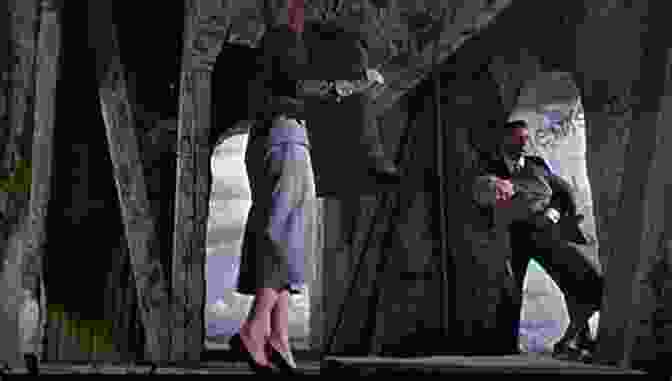
Hitchcock's characters are often flawed, complex individuals grappling with personal demons and external pressures. The director's ability to evoke sympathy for his protagonists, even in their darkest moments, sets his work apart from the typical thrillers and suspense films of his time.
A Lasting Legacy: Shaping the Art of Cinema
Alfred Hitchcock's influence on cinema cannot be overstated. His innovative techniques, unforgettable characters, and exploration of human psychology have had a profound impact on filmmakers and audiences alike.
From suspense masters such as Brian De Palma and Dario Argento to contemporary directors like Christopher Nolan and Jordan Peele, Hitchcock's legacy continues to inspire and shape the art of filmmaking.
A Closer Look at Some Iconic Hitchcock Classics
Hitchcock's filmography boasts a treasure-trove of cinematic masterpieces, each a testament to his unparalleled storytelling abilities.
Rear Window (1954): Voyeurism and Suspense in a Confined Space
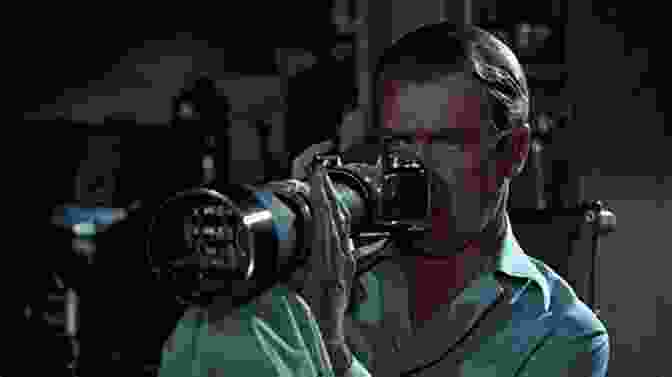
Rear Window is a classic Hitchcockian thriller that unfolds entirely within the confined space of an apartment, where a wheelchair-bound photographer witnesses a potential murder across the courtyard. The film masterfully builds tension through its limited perspective, inviting the audience to become voyeurs alongside the protagonist.
Psycho (1960): The Birth of the Slasher Genre
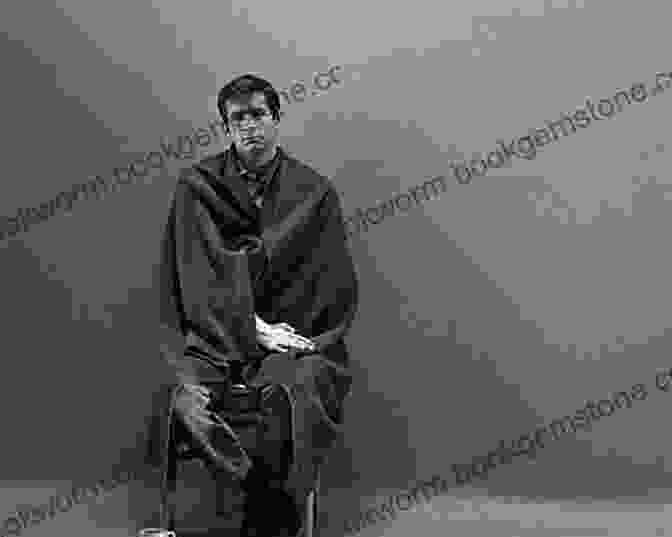
Psycho is arguably Hitchcock's most famous and influential work, a chilling tale of a seemingly innocuous motel owner with a dark past. The film's iconic shower scene, a masterpiece of suspenseful editing and psychological terror, has become ingrained in popular culture.
Vertigo (1958): Obsession and Identity

Vertigo is a mesmerizing psychological thriller that delves into the depths of obsession and the fragility of human identity. The film follows a retired detective who becomes consumed with a woman who bears an uncanny resemblance to a woman he failed to save.
: Hitchcock, the Timeless Master
Alfred Hitchcock's contributions to cinema are immeasurable. His innovative techniques, unforgettable characters, and exploration of human psychology have left a lasting mark on the art form, shaping the very essence of suspense and cinematic expression.
As we continue to admire and analyze Hitchcock's work, his legacy as the 'Master of Suspense' remains firmly cemented. He stands as a testament to the power of cinema to captivate, unsettle, and leave an enduring imprint on the minds of audiences worldwide.





























































































































































































































































































































































































































































































































































































































